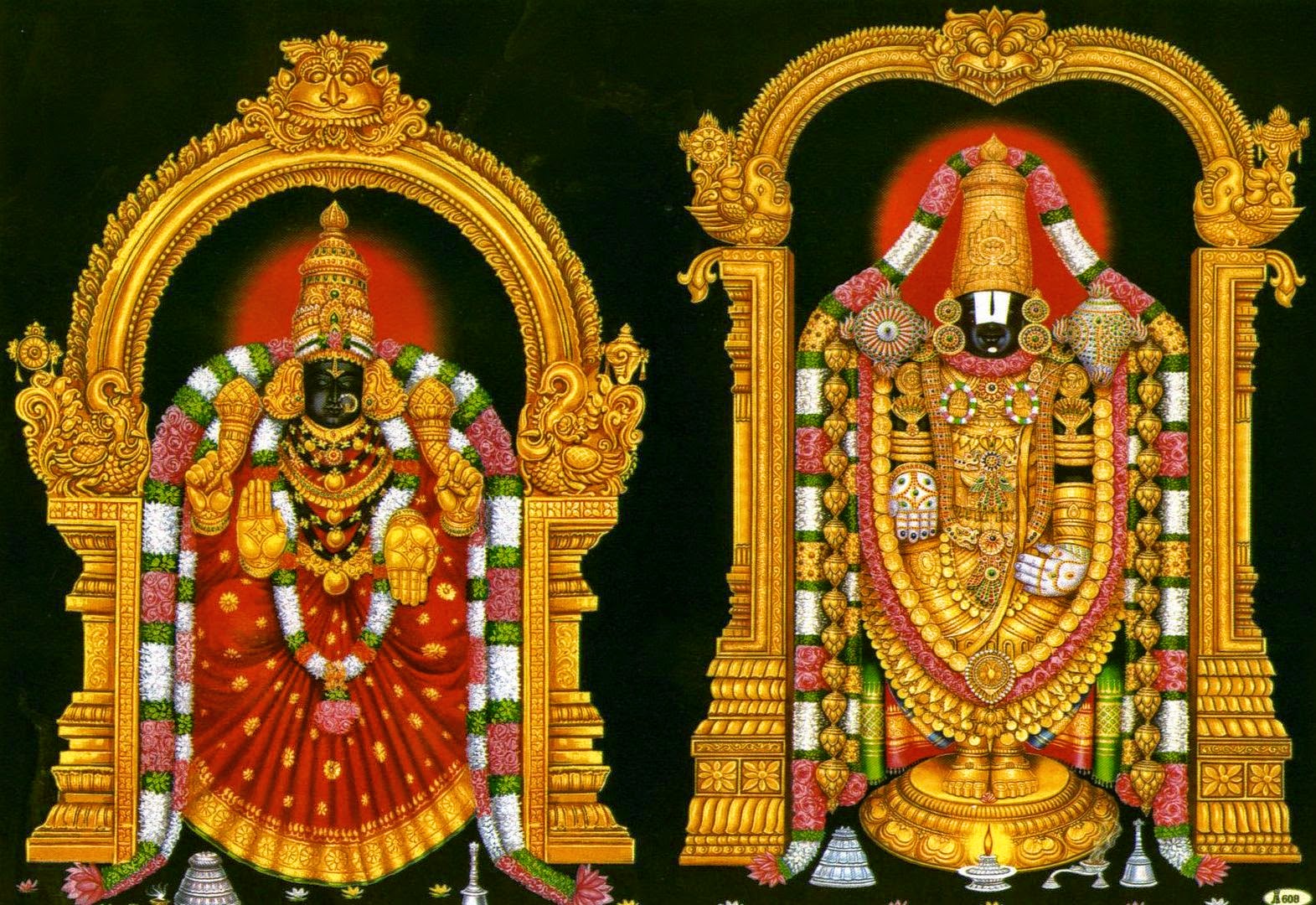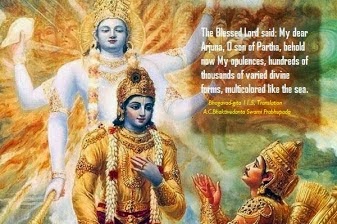The Spiritual Import of the Mahabharata and the Bhagavadgita : Ch-6. Part-4.
6: Universal Action-4.
To be united with your Self is equivalent to uniting with everything else. This is the magnificent outcome of the practice of yoga—to know your Self is to know everybody. This is a wonder indeed, that knowledge which is of the Self—Self-knowledge—is the same as world knowledge. It is equivalent to Universal knowledge. It is brahmasakshatkara. You become sarvabhutatmabhutatma. “He becomes the Self of all beings.” One who has become the Self of one’s own self has, at the same time, become the Self of all beings. To know my Self is to know you and everybody. Such a person acts not while acting, because actions cease to be actions in the case of a person who has ceased to be a person and thereby has ceased to be an agent of action, therefore evoking no consequence of action. This is Universal action; this is the great vision of karma yoga that the Bhagavadgita places before us in a concentrated verse in the fifth chapter.
For this attainment, deep meditation is necessary. The sixth chapter explains to us what meditation is, but prior to that, towards the end of the fifth chapter, we are given a cryptic description of what this yoga is going to be, as it is to be explained in the sixth chapter. Sparsan krtva bahir bhyams caksus caivantare bhruvoh, pranapanau samau krtva nasabhyantara-carinau. Here is a concentrated verse once again. Abandoning all contact that is external, setting aside all externality and freeing the senses and the mind from contamination with externality, fix one’s attention in the middle of the eyebrows. This teaching has, again, invoked many explanations and commentaries. What does it mean to fix the attention in the middle of the eyebrows? Physically, it is very clear. We concentrate psychically on the centre that is between the eyebrows. There are a variety of meanings implied in this instruction. According to the science of the psyche, the seat of the mind is supposed to be the centre described here, as that lying between the two eyebrows, sometimes called the ajnachakra. Here is the seat of the intellect or the reason, and to concentrate on the seat of the intellect is to bring it down under control. The science which expatiates on this theme tells us that the ajnachakra, that point between the eyebrows, is the penultimate point leading up to the crown of the head, which is supposed to be symbolically representative of cosmic experience.
Swami Krishnananda
To be continued ....





Comments